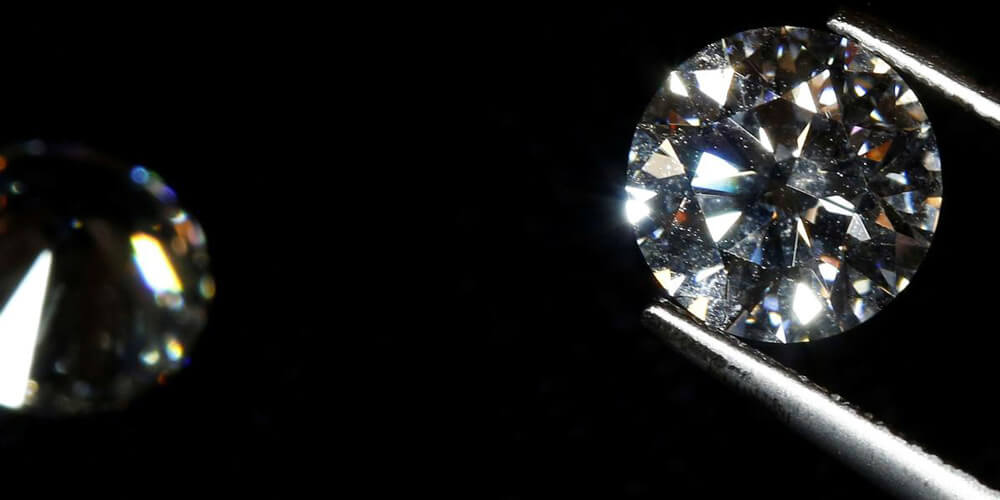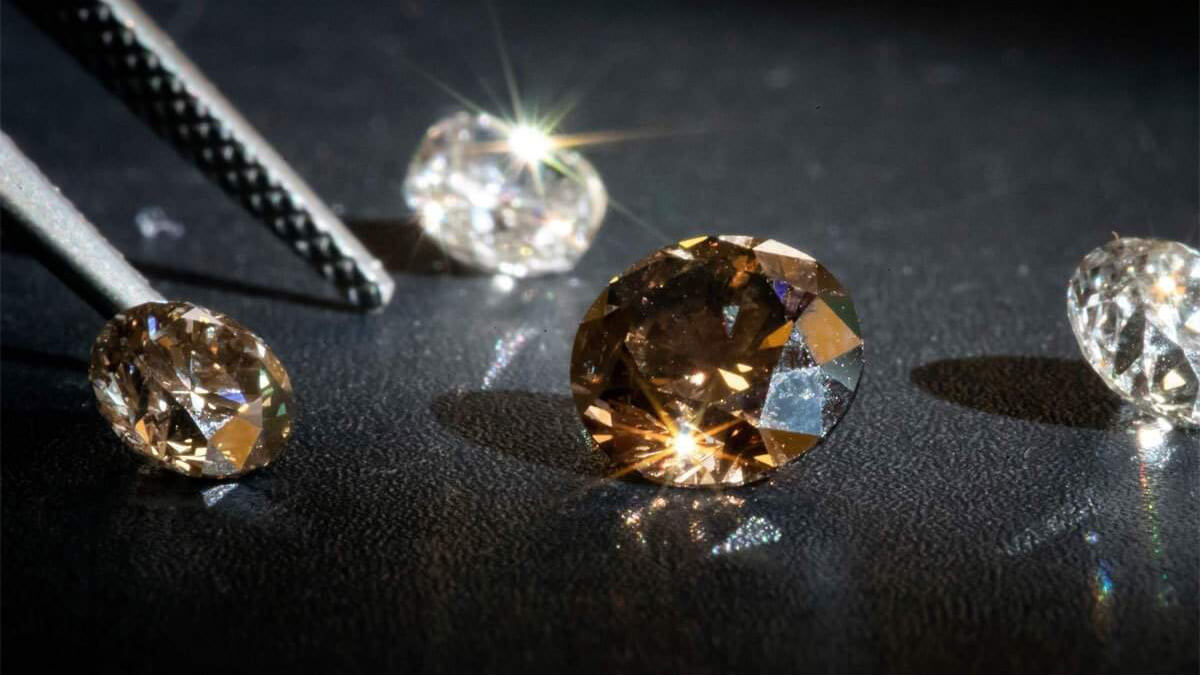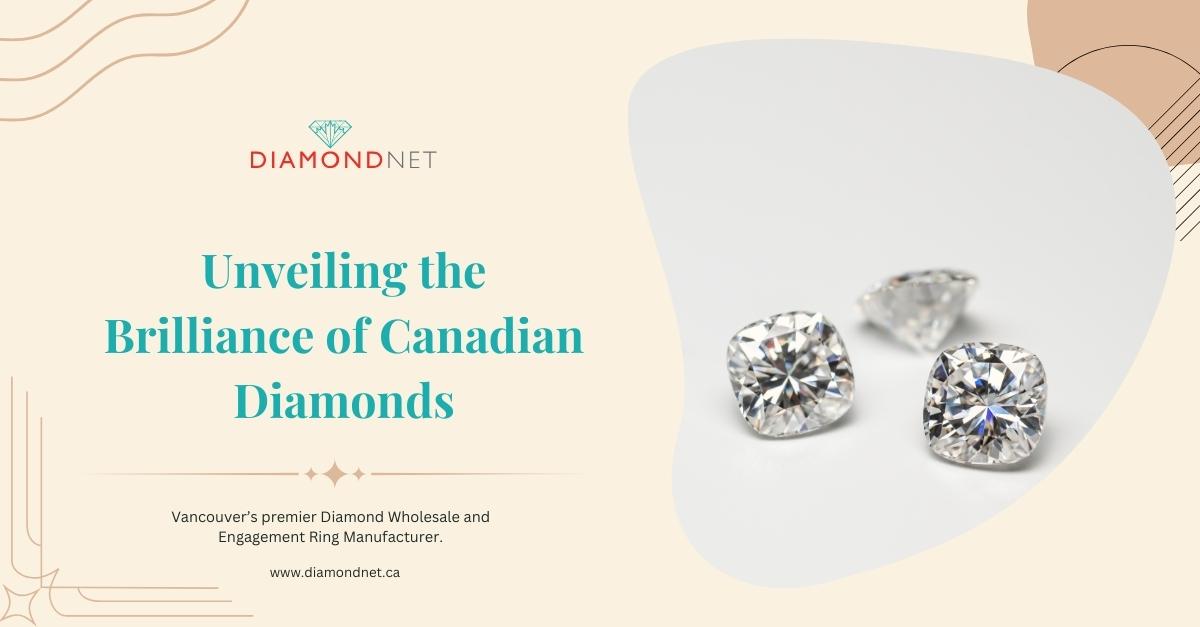Which is Rarer, Gold or Diamonds?
Gold is one of Earth’s rarer elements, formed from neutron stars. During the formation of Earth, the heaviest elements gravitated toward Earth’s core. That means that up near the Earth’s crust, large amounts of gold are hard to find. The average concentration of gold in Earth’s crust is ‘very, very low,’ at 4 parts per billion. In its elemental form, gold is significantly rarer than diamonds.
How rare are diamonds?
Diamonds have gained a popularity greater than all other types of jewelry. They represent love and commitment and are by far the most prevalent gemstone in engagement rings and wedding bands. Sometimes people assume that diamonds are popular because they are rare, but this is not really the case. Diamonds are composed of carbon under immense pressure and carbon is one of the most abundant elements on Earth.
So, why are diamonds so popular?
In general, these stones are not technically rare. But they are buried so deep beneath the surface of the earth that they are difficult to extract. This means they are expensive to mine and cost a pretty penny to buy.
Also, certain diamonds actually are rare. Many colored diamonds are less common than their clear counterparts and they sell for a high price because of it. Red, blue, pink, orange, and green are all colors that appear naturally in diamonds but are not very common.
White diamonds are not collectively rare, but certain white diamonds fall into the rare category if they have particular qualities. If they rank very highly in the 4Cs, they could be rarer and more expensive. Felix at DiamondNet.ca can provide more insight into the rarity of individual white diamonds.

Why diamonds are popular?
Will we run out of gold or diamonds?
Well, ‘rare’ specifically refers to whether or not a lot of something exists in the market, so availability of diamonds is an important to consider.
Diamonds have become increasingly available since the 1950s and access to these gems has only increased over the decades. Even more interestingly, lab grown diamonds continue to grow in popularity. This means that in all likelihood, even if we were to run out of naturally harvested diamonds, we could move into the man-made sector.
Unlike diamonds and many precious gemstones, metals like silver, gold and the platinum group metals cannot be manufactured from other raw materials in a factory. Looking at the research, it’ll probably take more than 20 years to deplete known reserves. One good thing about gold compared to other non-renewable resources is that can be recycled.
This means that “running out of gold” is not a true description of what happens when gold mines stop producing. Rather, the gold industry will transition from mining to recycling, allowing the global gold supply to be recirculated.
So, we have options. We won’t be running out of our favorite jewelry pieces just yet.



